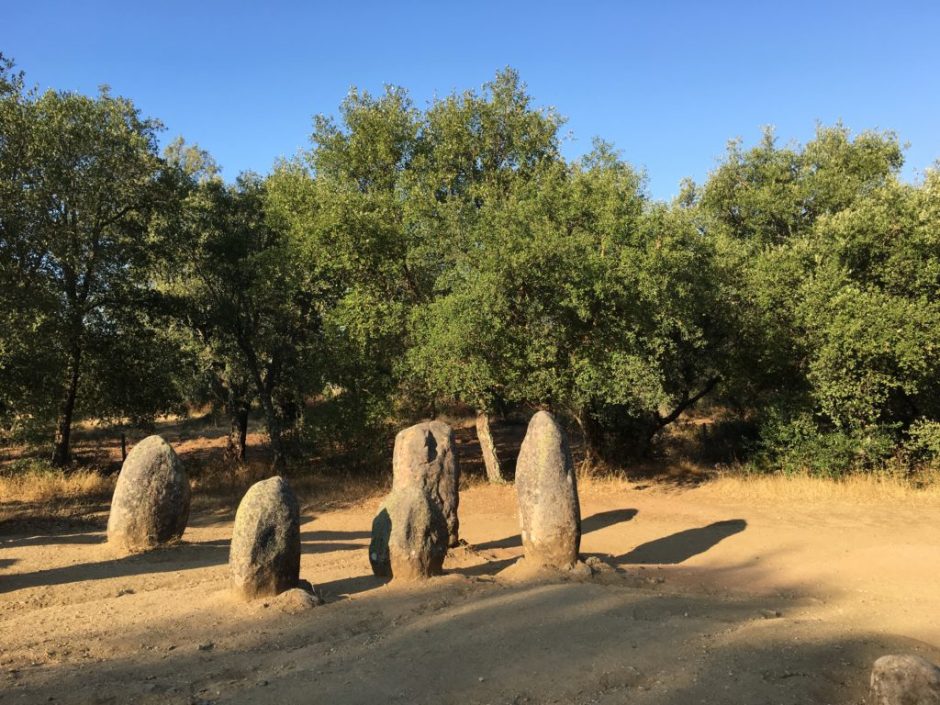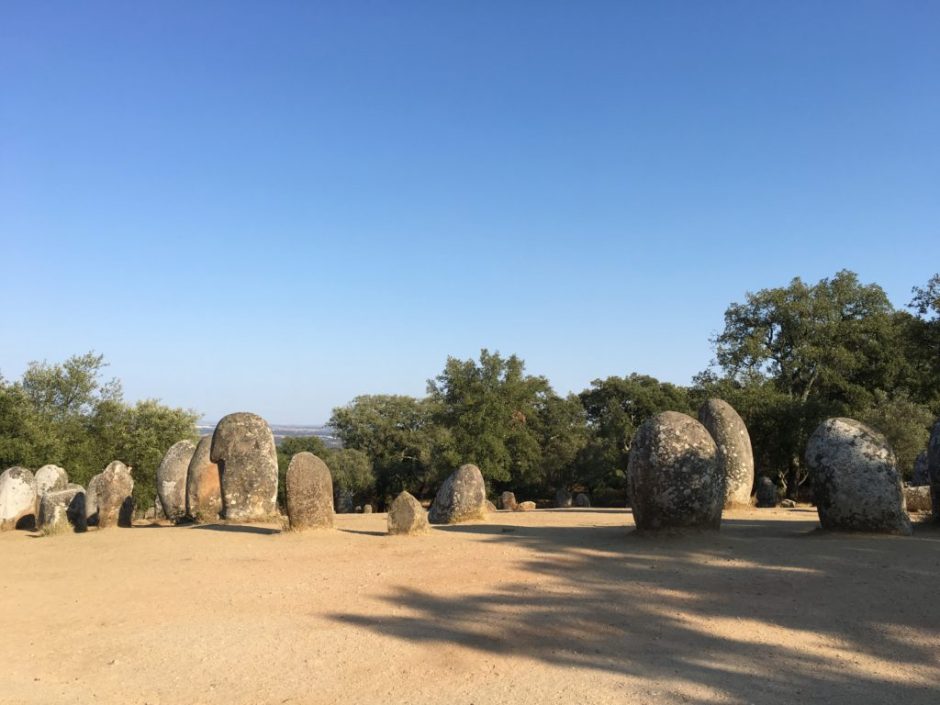He’s an international man of mystery, media darling, and a murder victim. Otzi the Iceman was brutally killed about 5,300 years ago and is the oldest known natural human mummy in Europe. A German couple hiking the Otzal Alps discovered his body on September 19, 1991 on a glacier in Italy about 100 meters across the Austrian border — thus his nickname. We spent an afternoon with Otzi, not far from his birthplace in the Dolomites.

After a brief custody dispute— both Austria and Italy laid claim to Otzi–research on his mummified body began at Innsbruck University in Austria. He has found a final resting place at Italy’s South Tyrol Museum of Archeology in Bolzano Bozen. Today, the entire museum is dedicated to Otzi and life in the Copper Age. Visitors can peek through a small glass window to view Otzi’s body, which is kept in a climate controlled, sealed vault. Be patient, there is always a line to see him.


A 3-D reconstruction gives a surprisingly lifelike depiction of what Otzi would have looked like. He was believed to be 45 years old when he met his untimely death. At 5’3’’ and 110 lbs., he was short and stocky, but muscular. He wasn’t in the pink of health when his life was cut short, though. He had tooth decay, parasites and H. pylori, which would have caused numerous gastric issues. Scientists were able to retrieve and identify the contents of his stomach which included his last meal—red deer meat, unleavened bread and fruit and an herb called hop hornbeam. He likely took that to ease his tummy troubles. His hair had high levels of arsenic and copper particles, possibly from smelting copper, which may also have contributed to his ill health. None of these things killed him though.


The garments and accessories Otzi was wearing when he met his demise were remarkably well preserved by his years of glacial entombment. His lambskin loincloth, goat hide coat and leggings, and bearskin hat are all on exhibit, along with what remains of his shoes with their cow hide laces. His shoes are really something to see- made from bearskin soles, deer hide uppers and tree bark netting, they were lined with grasses that acted like socks and cushioned his feet for the long treks he made through the mountains.

Even his deerskin quiver and arrows survive. Because of the variety of animal skins used in his clothing and accessories, researchers believe that Otzi kept and herded domesticated animals like sheep, goats and cows, earlier than was previously thought.

He also had a grass cape with him, either to wear as a raincoat or to sleep upon—or maybe both. Displays show how all of his garments fit together to protect him from the elements—pretty complicated!

Otzi liked ink! He is in the Guinness Book of World Records for being the oldest person on earth to sport tattoos. His body is adorned with 61 of them made by rubbing charcoal dust into fresh wounds. These are certainly not the elaborate tattoos seen today—they’re mostly crosses and lines on his back, ribs, wrist and legs and may have been used for pain relief.

Researchers have been able to piece together a great deal about the life and times of Otzi the Iceman based on his clothing and the items found alongside him. He had a copper-bladed axe, which would have made him a high-status individual. The copper was from Tuscany, quite a distance away, so he traveled or traded or both. He also had a flint dagger from the Lake Garda area, arrows, incomplete shafts and longbow, plus a net. Otzi was a hunter.

He had several wooden tools used to fashion clothes or utensils—he would have needed these to make repairs or construct needed items on his long treks. He also had a birch bark cylinder likely used to carry hot embers for quickly starting a cook fire and a complex fire-starting kit. These would have been handy on his journeys for cooking and for warmth. Otzi has shown us that people travelled more widely than previously believed during the Copper Age, trading goods, services and knowledge.

Researchers know what the iceman wore and ate and likely what he did for a living, but mystery surrounded his murder until 2012. Was he struck in the head with a blunt object? Stabbed? Shot in the back with an arrow? Was there a fight? Or all of these things? Scrappy Otzi was definitely a hunter and a fighter. Blood from four different individuals was found on Otzi’s dagger, coat and on one of his arrows which could mean a battle. He had several broken ribs that had healed before death, and he had been struck in the head. His brain had evidence of clots which could have been from blunt force trauma that then caused stroke or embolism. He also had stab wounds on his hands. The likeliest cause of death was the arrow lodged in his left shoulder. Finally, in 2012, researchers agreed that Otzi had bled to death from the arrow wound.

Otzi’s discovery made quite a stir worldwide and was also marked by controversy. Once the significance of the find was reported, numerous people claimed to have found the body. The museum has an exhibit detailing much of the media coverage around him. Otzi is so scientifically important; the museum has a specific evacuation plan for him should a crisis arise that could damage him. He has opened a window into life in the Copper Age that would have remained closed, had those hikers not stumbled upon him back in 1991.

In 2012 Otzi’s genome was sequenced using a bit of his hip bone, revealing he had brown eyes, type O blood, a predisposition to heart disease, was lactose intolerant, and may have had Lyme disease. His maternal line is extinct, but his paternal lineage is intact. In 2013, 19 Austrian men from a group of 3,700 tested, shared a unique genetic mutation with Otzi. Scientists believe that his descendants would have settled between the Dolomites and Sardinia— his genetic profile has much in common with Sardinians today —and that there are likely more of them alive today.
Our afternoon with Otzi was fascinating and we’d highly recommend a visit if you’re in the Bolzano Bozen area. Click here for more information.












